The Magic Spotlight Series is the Return of the GP. It is a simple concept: a major tournament, open to anyone, that qualifies for the Pro Tour. Magic Spotlight: Foundations took place in Atlanta, Georgia this past weekend. Over 1500 players competed with their Standard deck of choice for their place in the Top 8.
For a long time, Standard has been a forgotten format, overshadowed by Commander, Modern, and Pioneer. Rotation loomed large as a threat to those considering buying a deck and COVID disrupting those playing the format interrupted its life cycle, however, in the past year that all has begun to change. An increasing emphasis has been placed on the format by WOTC and it has now become the primary format for competitive play. For the 2025 RCQ season instead of the cycle containing Standard, Pioneer, and Modern, it will be Standard, Modern, and Standard again.
Centering Magic Spotlight Series: Foundations, I will argue that the revitalization of Standard is incredibly positive and that Standard is the BEST format. Standard is the best format because it hosts a variety of decks of all archetypes, allows for more innovation than any other format, and allows for evolving metagame. Additionally, I will argue Standard’s greatest critique, Rotation, is irrelevant now.
Archetypes
In Top 8 of Magic Spotlight Series: Foundations all four of the major deck archetypes are present. Aggro, Control, Combo, and Midrange are each seen.




Rei Zheng also known as cftsoc, an acronym for “Combo for the Sake of Combo”, played Temur Otters a combo deck that uses Enduring Vitality, Valley Floodcaller, Stormchaser’s Talent, This Town Ain’t Big Enough, and an army of otters, and rats (likely from Song of Totentanz) to produce an infinite large board, and infinite mana. This is done by tapping an army of creatures and repeatedly casting This Town Aint Big Enough, to bounce Stormchaser’s Talent back to hand, returning Town to hand with Level two and then repeating.

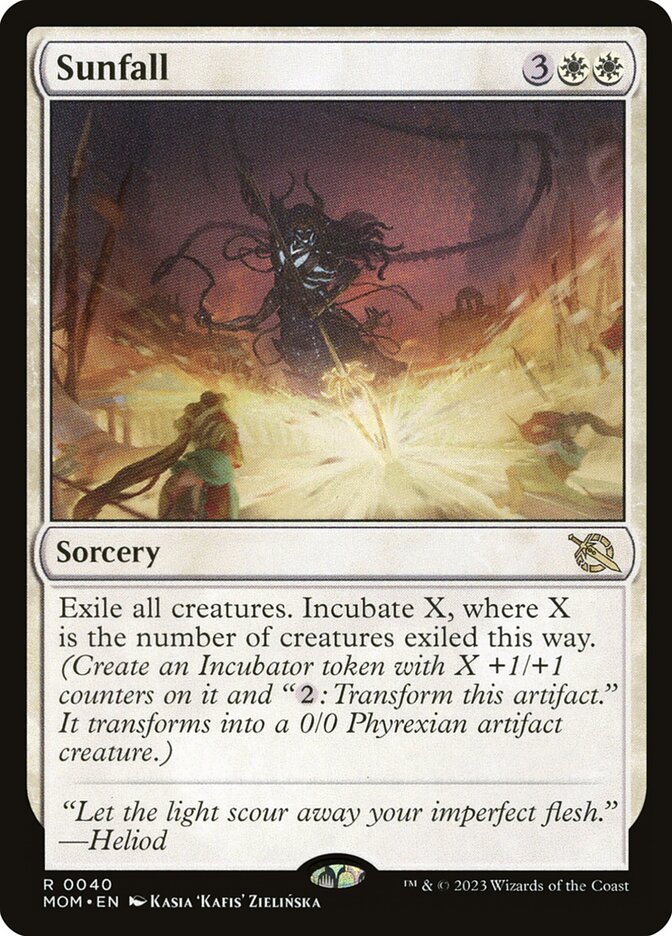
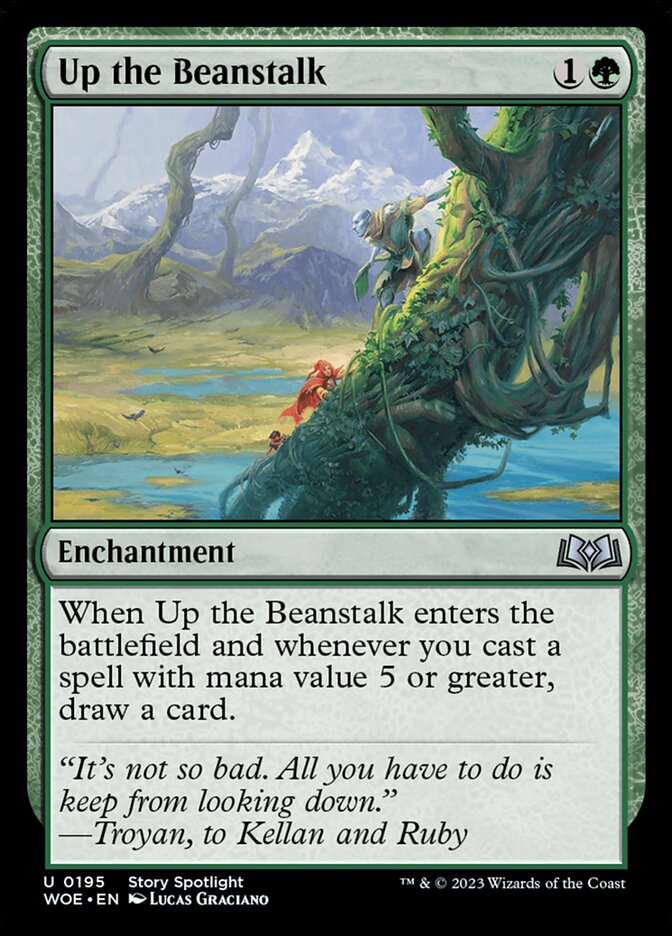
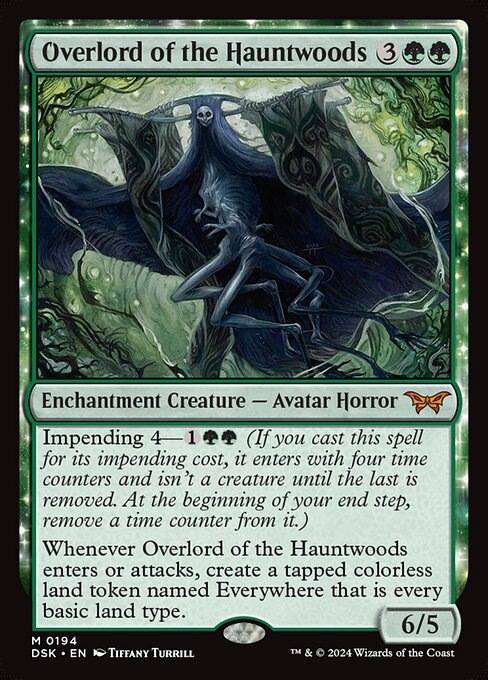
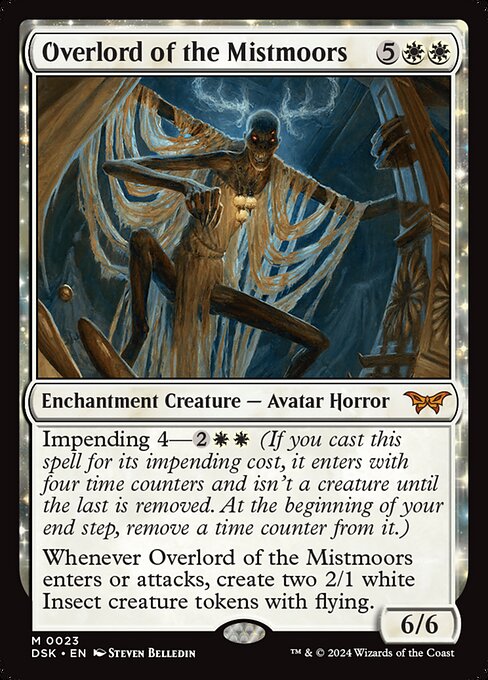
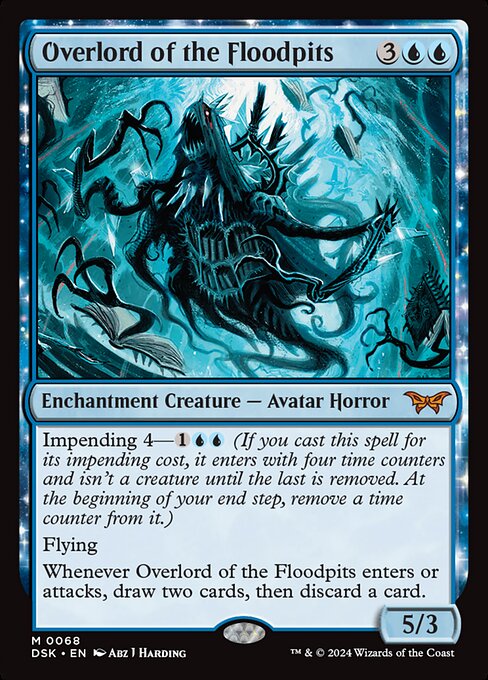
Gray Payne played Domain Control, a Control-Ramp deck that slows the game down with boardwipes like Split Up and Sunfall to then take over with card advantage from Up the Beanstalk and an Army of Overlords. Including Overlord of the Hauntwoods, Overlord of the Mistmoors, and Overlord of the Floodpits.

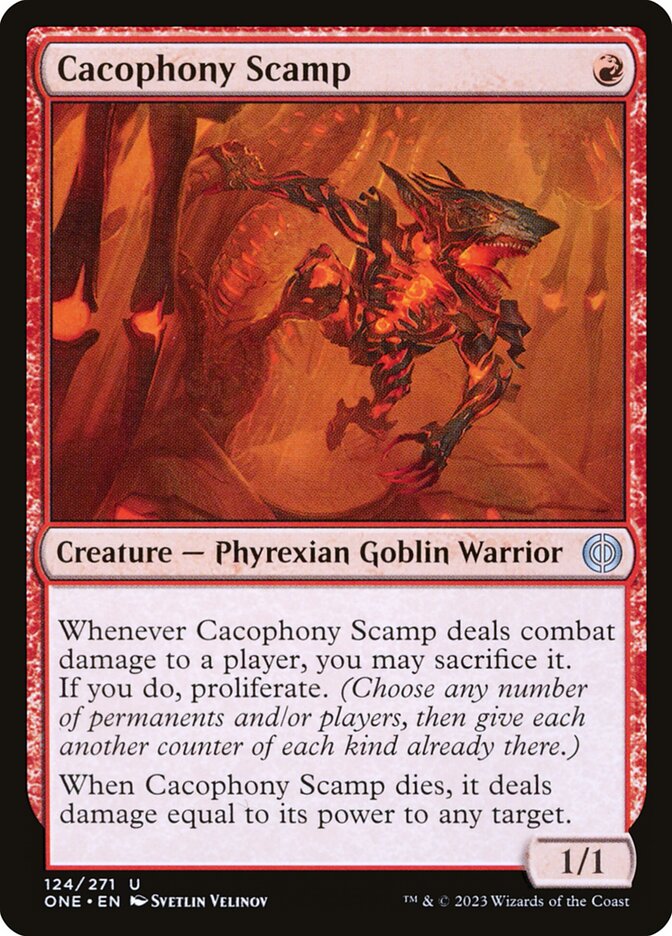
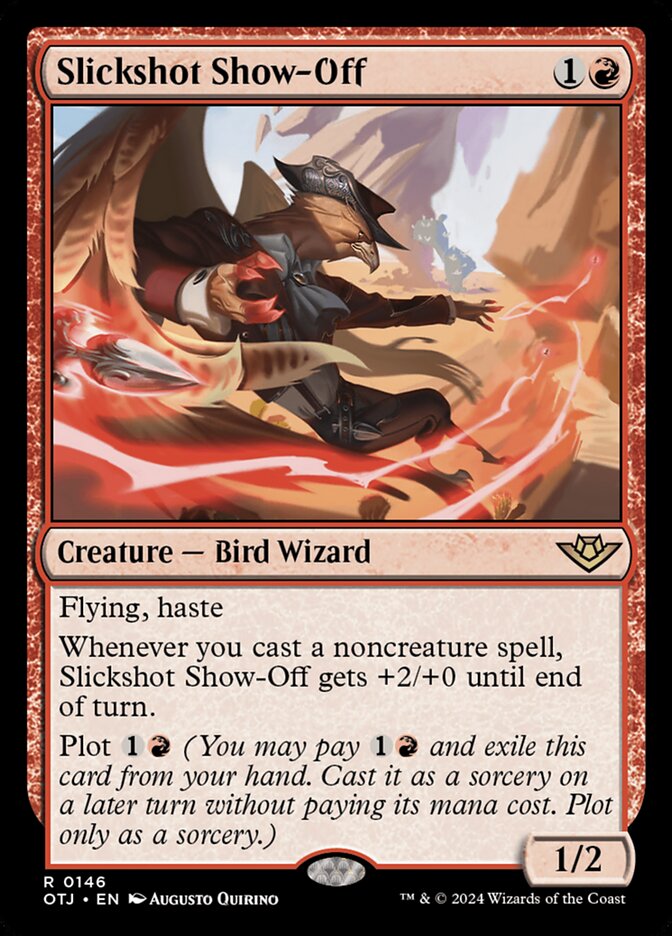

The tournament was won by Nick Odenheimer piloting Gruul Leyline Aggro. Gruul Leyline Aggro is an Aggro deck in its truest sense. Unlike the other Gruul Aggro decks currently prevalent, which can play a very formidable midrange game plan, Nick’s deck prioritizes speed above all else. The deck can kill turn two, a feat nigh impossible by any other deck in the format. Leyline of Resonance, the namesake of the deck, copies spells that target creatures, and in combination with a turn one Cacophony Scamp and two one-mana pump spells on turn two (such as Turn Inside Out and Monstrous Rage) offers 20+ damage turn two. The rest of the deck is built around this premise with Slickshot Showoff and Emberheart Challenger being other creatures that work incredibly well with pump spells, threatening massive damage or generating card advantage.
The other 5 decks in the top 8 were midrange decks with some elements of other archetypes. (Midrange is harder to quantify than Control, Combo and Aggro due to its versatility so be gracious with me if you want to argue that one of these is not entirely a midrange deck.)
Scott McNamara, OafMcNamara on MTGO, lost in the finals with his midrange deck, an incredibly cool Dimir Enchantments strategy. A deck that combines the power of the Dimir Midrange deck, a midrange deck that is currently the most played deck in standard according to MTGGoldfish, with the self-bounce strategy of Esper Pixie, a deck to be addressed later but one that generates value by replaying cards with powerful enter the battlefield triggers.

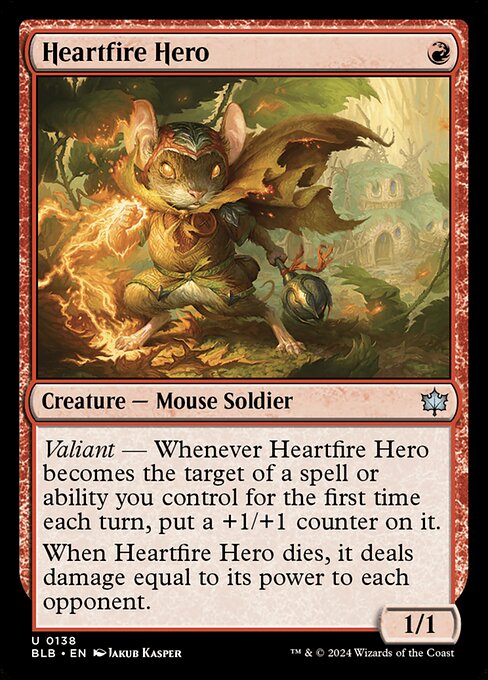

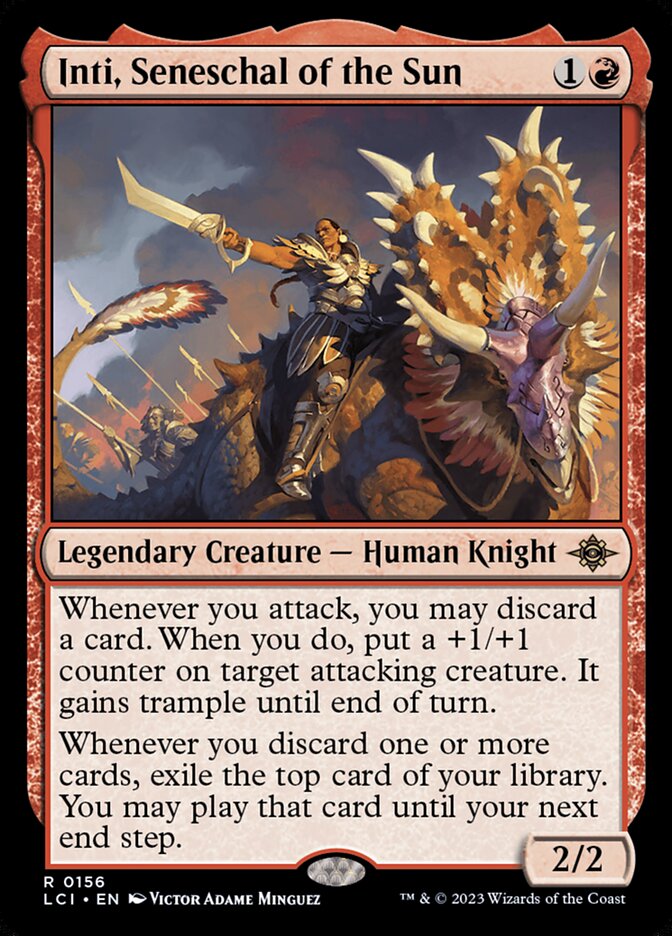
Two other players top 8d with more traditional Gruul Aggro lists, ones utilizing the Mice package of Emberheart Challenger, Manifold Mouse, and Heartfire Hero to play an aggressive gameplan that can scale to the late game with cards such as Innkeeper’s Talent or Inti, Seneschal of the Sun (though it should be noted Inti is not incredibly typical and is pretty sick)


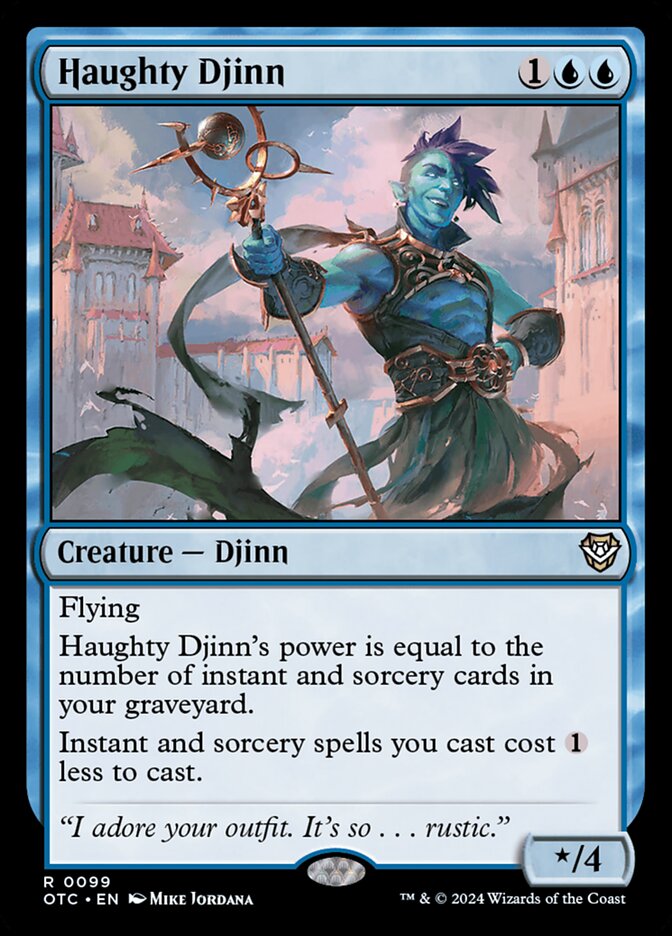
Eli Swafford top 8d with Azorius Occulus, a midrange/combo/control deck that looks to cheat out 3 drop threats from the graveyard and ride them to victory. The best of these is Abhorrent Oculus which creates an army of 2/2’s but Kiora, the Rising Tide, and Haughty Djinn can each hold their own aswell.

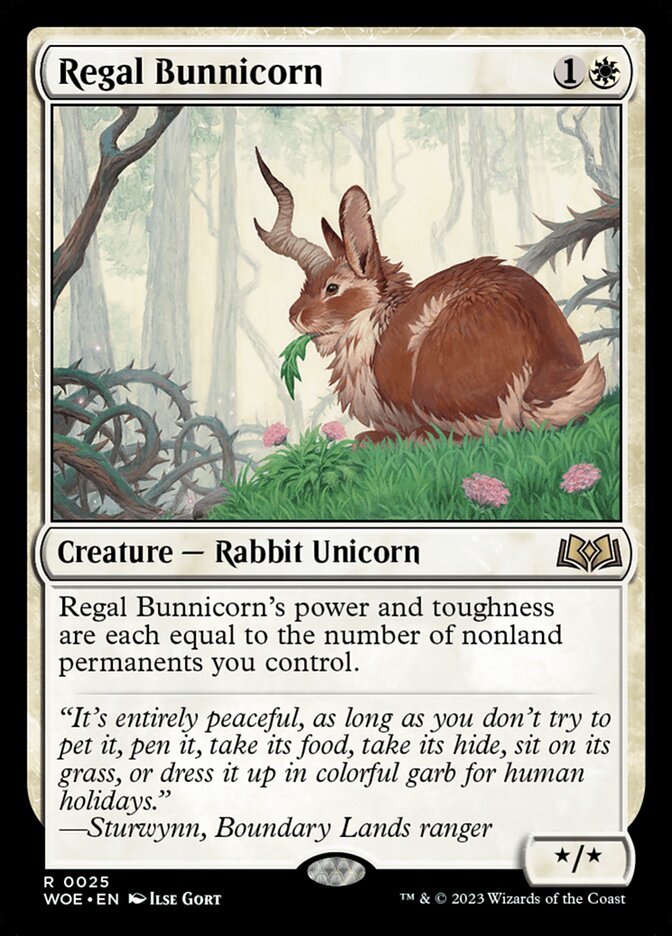


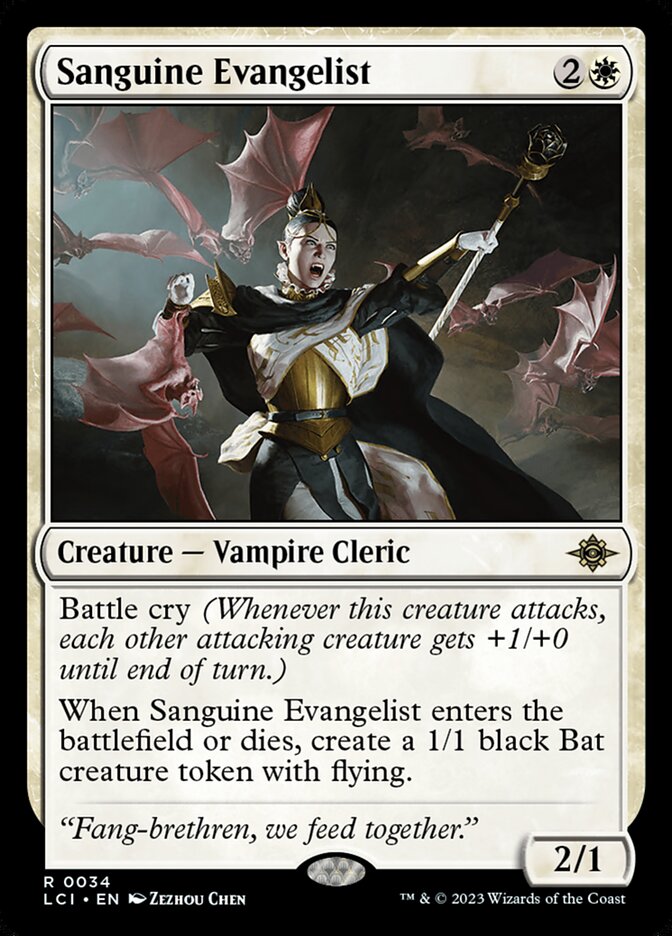
Lastly, Zhao Li top 8d with an Azorius Aggro/Midrange list that looks to curve out with powerful one and two-mana spells such as Mockingbird, Regal Bunnicorn, and Floodpits Drowner and end the game with card advantage from Enduring Curiosity or a wide and powerful board being pumped by Sanguine Evangelist.
By looking at this top 8 it can be seen that standard possesses decks of all archetypes. Not only aggro, midrange, control, and combo but also hybrids of each of these. Infact, looking at the top 8 provides a limited view of the true deck diversity present in the metagame, a myriad of decks and archetypes are viable in standard. In the Standard 10k that took place concurrently with Spotlight: Foundations’ second day different decks found success than Spotlight: Foundations’ top 8, such as two vastly different Selesnya decks. One was built around Collector’s Cage and going wide while the other was simply Selesnya Control.
Innovation
In formats such as Modern, true innovation is incredibly difficult. AspiringSpike, a major streamer who focuses on the format, is constantly brewing and building decks within the modern card pool, but very few end up seeing serious success by top 8ing MTGO Challenges or entering the metagame at large. Modern has a high power level and as such for a new deck to compete, it too must meet an incredibly high power threshold. New sets make little impact since few cards are powerful enough.
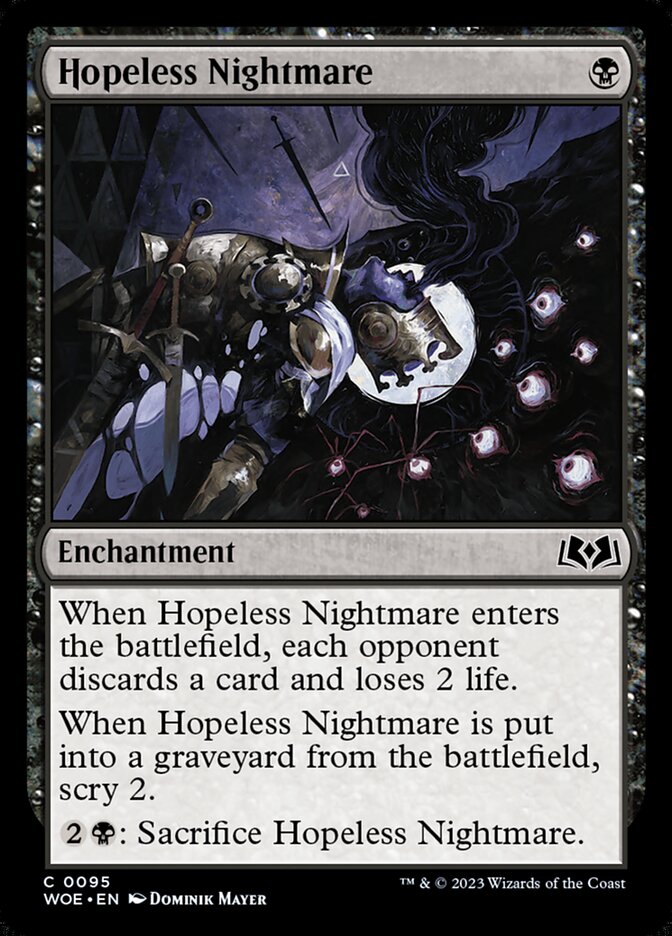



Standard is quite different. Due to its much smaller card pool, the power level is lower, meaning new sets make a real impact and innovation is highly possible. Esper Pixie is a prime example of this. The deck as previously mentioned is a self-bounce strategy that plays hyper-efficient cards and looks to reuse enter-the-battlefield abilities such as those of Hopeless Nightmare and Nowhere to Run by bouncing them back to hand with Nurturing Pixie and This Town Ain’t Big Enough. Esper Pixie was non-existent two weeks ago, Amaz and AspiringSpike had played an Orzhov list somewhat similar at the Regional Championship many months ago but it was unknown. However, all of the sudden, it became a real metagame player because brewing and innovation are so viable.
In yet another extension of this point, prior to Spotlight: Foundations, Scott McNamara’s deck was unheard of aswell. Dimir Midrange had been an established deck, but very few people considered combining Dimir Midrange with Esper Pixie, a deck that, to reiterate, had appeared out of nothing only two weeks ago. McNamara and his team considered something no one else had, built a deck based on the concept, and then found incredible success.
Other teams and innovative players found success with other decks of their own design or unseen potential. Ryan Normandin killed Nathan Steuer on Turn Four on coverage twice with Azorius Omniscience and finished 10-5 with the deck, Isaac Bullwinkle played Rakdos Aggro/Midrange, a brew of team Worldly Counsel’s design to strong success aswell.
Overall, it is evident that players can build decks and find success at a high level in standard in a way that is far less common in other formats such as Modern, Pioneer, and Legacy.
An Evolving Metagame
Standard’s metagame evolves as a result of the innovative nature of the format. By watching the weekly Standard challenges on MTGO this can be seen especially clearly. Only a couple of weeks ago one challenge was almost exclusively Gruul Aggro, however, this dominance of Gruul was then replaced by Esper Pixie and Golgari Midrange. Golgari Midrange is then beaten up by Domain Control and so forth. This is the cyclical nature of the metagame. Additionally, because innovation is so possible within Standard, this cyclical nature means the metagame can be targeted in a way unique to Standard. In Modern the limited selection of decks powerful enough to compete constrains options to attack the metagame, however, in Standard, you can design a deck built to beat the metagame and succeed to a much greater degree. Esper Pixie is a great example of this, with a tempo/midrange deck and an aggro deck at the top of the metagame, what better to defeat them than a deck that is filled with tokens to lock down Ninjitsu and combat and removal to kill creatures. Standard’s lower power level allows for a far more cyclical metagame, as opposed to Modern in which Boros energy existed as the top deck for 3 months and required 4 unbans and 3 bans to maybe knock it down a peg.
Rotation
Rotation has long been touted as the key problem with Standard. If your deck will eventually become illegal to register at an event why ever spend the money on the cards in the first place? However, there are key flaws to this argument, rotation has extended, Foundations provides a base set for decks, all formats effectively rotate, the magic community is generous, and lastly rotation provides a refresh.
First, rotation is longer. This point is simple. The standard rotation has been extended so that your cards will be legal for longer. They will still eventually rotate but that looming date of rotation will now be further away.



Second, Foundations makes rotation less important. It will be harder for key pieces of decks to rotate when cards like Zombify, Llanowar Elves, and Day of Judgement will be legal for 5 years. Zombify means reanimator strategies will always have an efficient reanimation spell, Llanowar Elves means green decks will always be able to play a powerful three-drop on turn two even if that three-drop changes, and Day of Judgement means control decks will always have an efficient board wipe at 4-mana.
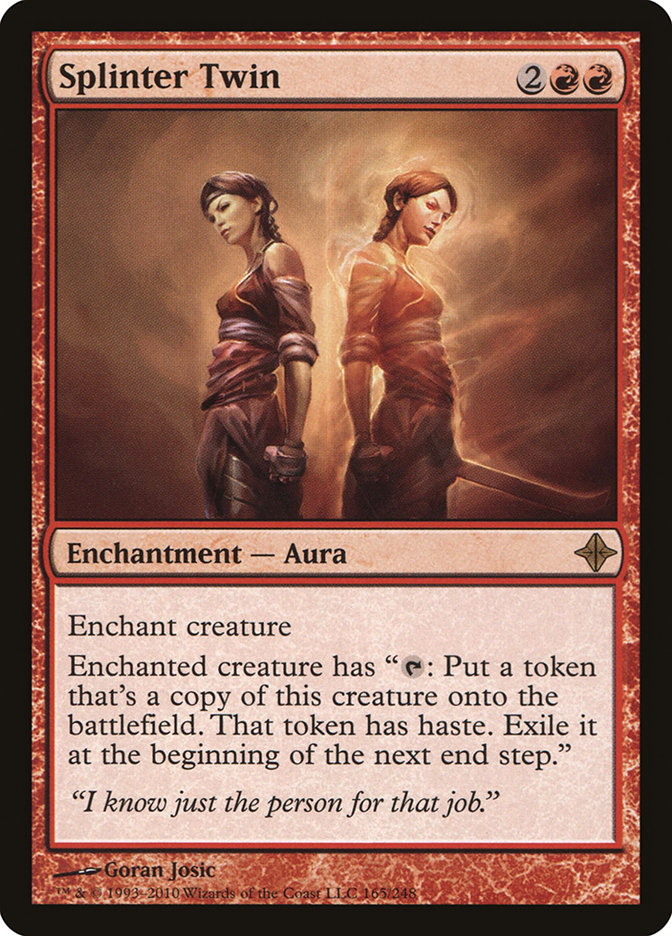
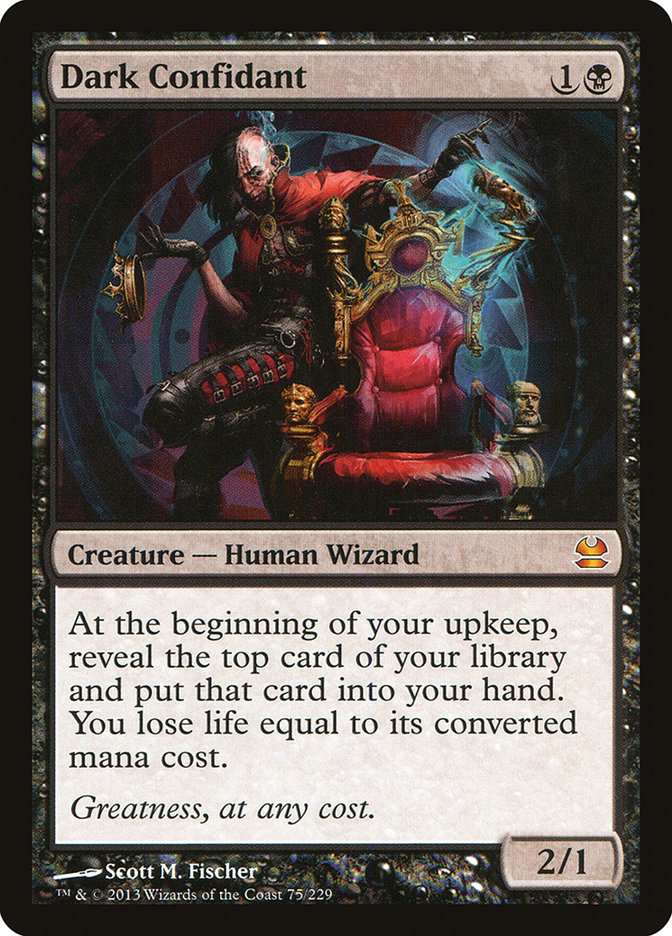
Third, rotation is not only a thing in Standard. For Standard it is a hard rotation, yes Manifold Mouse will not be legal 10 years from now unless it is reprinted into Standard, but Modern 10 years from now will not be the same as it is now. The top of the metagame changes consistently and fluctuates. Splinter Twin is no longer a good card despite being banned, Dark Confidant is unplayable despite previously being one of the best two-drops of all time. Modern Horizons sets have only accelerated this process and this is not to say it is a good or bad thing, merely that it is true. To complain that your hypothetical Standard deck would rotate and therefore you should build a modern deck is a foolish decision. If you want to play Modern because you enjoy the more powerful gameplay say that, but do not pretend rotation is a problem unique to Standard.
Fourth, the Magic community is incredibly generous. This is my anecdotal experience but Magic Players love one thing: playing Magic. That means they tend to be more than happy to help players build decks so they can play, whether they are new players building their first deck, or veterans borrowing cards from one another, if rotation scares you and you don’t want to purchase cards, ask your friends. I qualified for the Regional Championship this season without ever purchasing a single standard card.
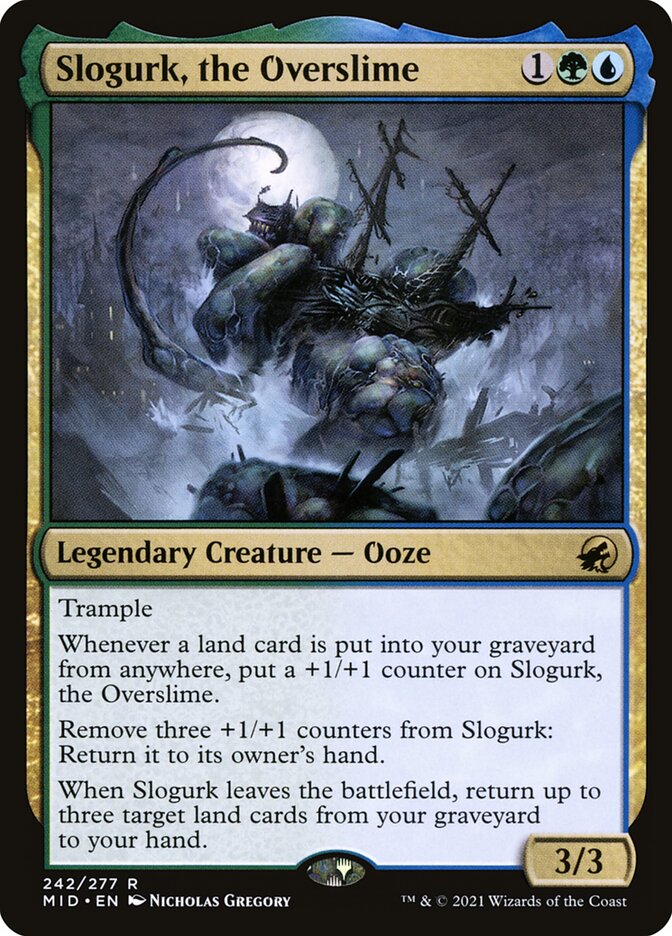
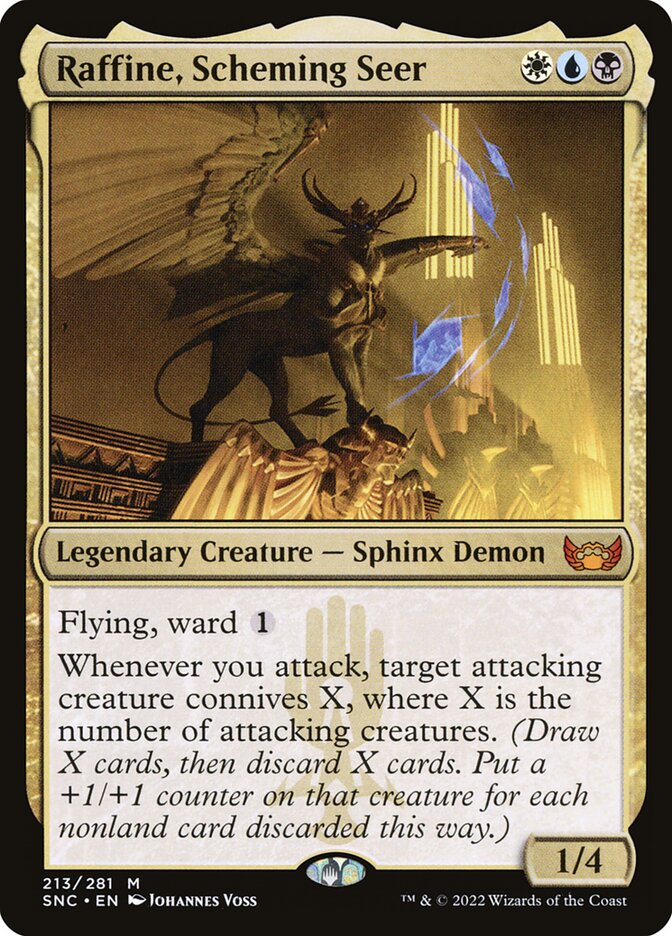
Lastly, rotation provides a refresh to standard and thats a positive. If you didn’t enjoy Slogurk Legends, or Raffine, those cards aren’t around anymore. It provides a whole new format to try your existing decks or build new ones. There is nothing more exciting than standard after rotation. Everything is new yet familiar at the same time!
Conclusion
If you have been on the fence about playing Standard, I highly recommend it. In the beginning of this RCQ season I had played zero games but after getting handed a deck day-of and winning my RCQ I have been playing a ton and it is a blast. Standard has a diverse metagame, allows for real brewing and innovation, and has a fun and evolving metagame. Head down to your Local Game Store, play some MTGO or Arena, and cast Llanowar Elves, Day of Judgement, or Burst Lightning at your opponents face!










